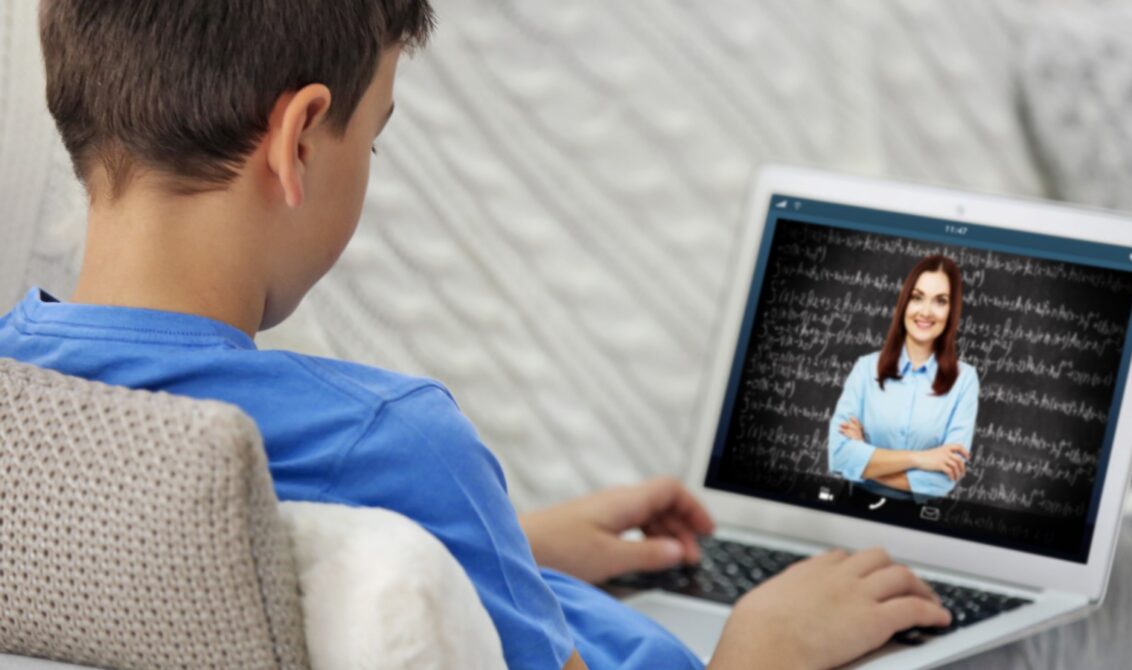
Earlier this year, the education system was turned upside down with the COVID-19 pandemic leading to lockdowns across the world. Schools were forced to adapt in a matter of days, making a wholesale shift to distance learning.
It has been a big transition for students and teachers. Many students missed the social aspect of school and found that the reduced contact time with teachers was frustrating. Similarly, teachers found online teaching was very different to teaching in person.
However, as the health crisis wore on, both teachers and students found there were some unexpected benefits to distance learning.
So what were these benefits? And how can you carry them into this next academic year of (hopefully) in-person schooling?
The gap between school life and home life is smaller than before
With students at home for months, parents have suddenly become much more involved in the day-to-day challenges of their children’s education than ever before. They have overseen assignments, helped out when students got stuck, shared resources between siblings, and tried to motivate students to keep up with their work through the monotony of lockdown. Communication between teachers and parents has also become much more frequent than the odd newsletter or two and interactions on Parents’ Night once a term.
This challenging time has made parents more aware than ever of how important a role teachers play in their children’s education and, indeed, in their lives. On top of this, teachers themselves have gained a greater insight into students’ home life than ever before – including the level of parental support that individual students have and the resources they have access to.
Parental involvement makes a big difference to student success. So how can you make it easy for parents to continue to be involved in their child’s education?
There are lots of small changes you can make:
- Start by sending good news home as well as bad
- Tackle language barriers – enlist the help of students or other parents to translate
- Keep in touch via messaging platforms and newsletters
- Share ‘office hours’ each week where parents can contact you about anything they’d like to discuss.
Have a look at our article on boosting parental engagement for more ideas.
Classroom management is less of an issue
When online teaching was first implemented, many teachers discovered that without the challenges of managing classroom disruption, they had a lot more time to actually teach. And many students found that learning from home allowed them to really focus on their work without the distractions of interruptions. However, distance learning has still seen some behaviour management issues, with some students not participating in teaching sessions – and resolving this problem has been largely down to the level of parental involvement and support each student has.
However, once everyone is back in a physical classroom setting, normal behaviour issues are sure to come up again. So how can you reset your classroom management style to make more time for learning – and waste less time on interruptions?
Summer is a great time for professional development so if you can, make some time to research different behaviour management techniques. One technique – restorative practice – takes place in the classroom and the aim is to build the relationship between teacher and student. It takes the form of a short meeting between the teacher and the student to address persistent disruptive behaviour. The conversation is structured around the following six questions:
- What has happened?
- What were you thinking at the time? (teacher and student)
- Who has been affected by the actions?
- How have they been affected?
- What needs to be done now to make things right?
- How can we do things differently in the future?
The aim is to change the behaviour, rather than getting caught in a cycle of punishment. For more details on how effective restorative practice can be, have a look at this article on behaviour management at Grensted International School.
Teachers have had the opportunity to try out new teaching strategies
When the system was upended by school closures, teachers had no choice but to get to grips with the technology required for online teaching. A survey by the Centre of Education and Youth found that 55% of teachers felt that their experience of online teaching, and the new knowledge and skills they developed during this experience, would have a positive impact on their teaching once schools reopen.
Lots of teachers took the chance to really get creative. Some teachers created YouTube characters and video lessons. Others experimented with alternative teaching strategies like flipping the classroom, student-led learning and using apps to support students learning.
So how can you make creative use of technology a bigger part of your classroom teaching? The SAMR model is a good place to start. This framework offers a way to contextualise your use of technology in the classroom.
The SAMR model is a spectrum, with four stages:
- Substitution – the act of replacing an analogue activity with a digital one, for example using an eBook instead of a physical book.
- Augmentation – the use of technology adds something to the task which wouldn’t be possible in a purely analogue setup, for example, using a digital worksheet with automated assessment.
- Modification – tasks are significantly redesigned through the use of technology, for example using a digital learning space like Google Classroom.
- Redefinition – tasks which would previously have been inconceivable without the supporting software become possible, for example using avatars to complete tasks in an online learning world.
You can use this framework to inform your use of technology when you’re back in the classroom. It will allow you to see which level you are most often working at, and hopefully inspire you to incorporate technology in new and creative ways in your lessons! You can read more about it in our article about integrating technology into your classroom.
Further reading
For more takeaways from the distance learning ‘experiment’ the education community has taken part in this year, have a look at our support for distance learning article. It’s full of useful online resources, articles, podcasts and webinars about online teaching – and there are lots of ideas which you’ll be able to carry forward into the new school year.
We’d love to hear your perspective on lockdown learning and how it changed you as a teacher. Did you find any surprising benefits to distance learning? Did you develop any new skills which you’ll be using next term? Share your experience of online learning with us at internationalschools@pearson.com.

